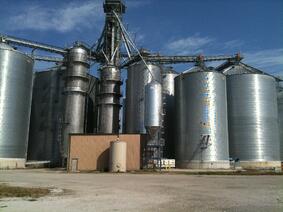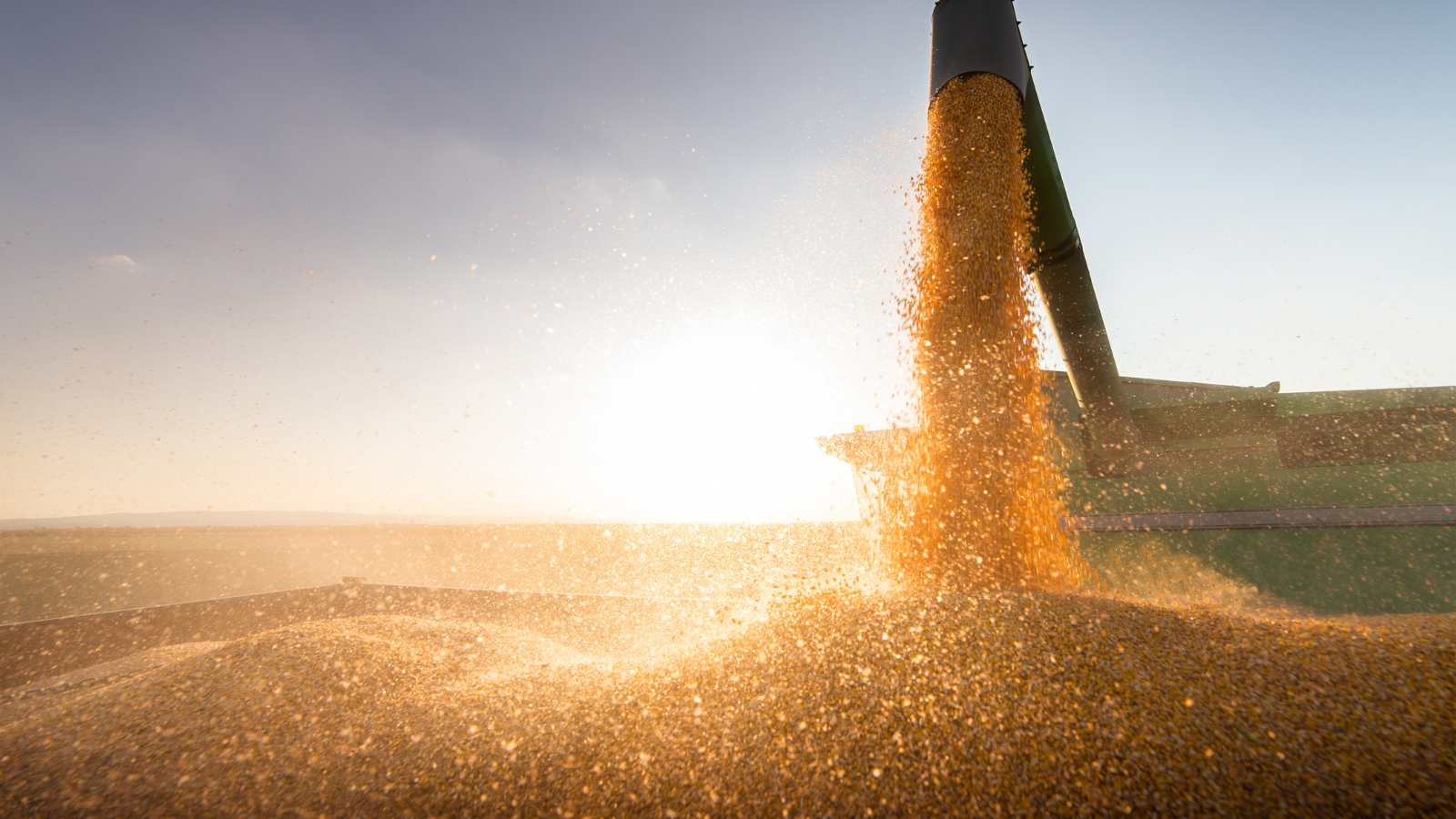5 Keys for Survival in a Flat or Inverted Spread Environment
Most merchandisers don’t enjoy trading markets with small carries and/or inverted spreads, but by all appearances, that is what the market is going...
2 min read
Jason Wheeler Sep 23, 2014

Depending on what area you are in, you may hear it called Price Later (PL), Delayed Price (DP), or No Price Established (NPE). All of these terms describe the same type of contract: the farmer gives legal title of the grain to the commercial grain handler upon delivery, and has the option of waiting for some amount of time afterward to set the price and basis. We’ll refer to it as PL for this blog post.
The fee charged for this service can vary greatly from year to year or even month to month. There are a few market forces that cause this variation: Volume, Spreads, and Basis. These factors are all directly related to the grain merchandising for the grain handler.
Volume: Is there plenty of space to hold all the PL bushels? If so, PL Fees will not need to be high. You typically see this in summer when there isn’t much crop left and there is a lot of empty space and many grain buyers will offer Free PL. On the other hand when there is a lot of crop to handle and it is overwhelming the amount of space available in a market, PL Fees can get very high. This is what we are seeing in many places this year as it looks to be a bumper crop across most of the country.
Spreads: Another more specific factor of what determines PL Fees is spreads in the futures market. As a general rule, large carries mean larger PL Fees and flat or inverted markets mean lower PL fees or even Free PL. This is due to simple opportunity cost. If the market is paying a carry (deferred futures month is more than nearby futures month), then anyone who has the ability to buy and hold grain for that amount of time can collect that difference. In a PL scenario, the owner of the space foregoes that opportunity because the farmer doesn’t allow him to buy the grain that he is using his space for and must charge accordingly.
Basis: This cause for PL Fees is a numerical representation of the volume discussion we had above. If basis is -50 at harvest and -10 for delivery 2 months after harvest, the elevator has an arbitrage opportunity to make 40 cents on bushels it buys that day and sells for 2 months after harvest. If the elevator instead allows a farmer to PL in his space, he cannot make that margin. Therefore, he must charge more. If basis is very high at the time the farmer enters into a PL contract, the PL fees will be lower.
Strictly going on free market economics, most markets should charge more than they actually do at harvest. They may do the math on spreads and basis and determine that they could make 50 cents per bushel to hold grain. However, they decide not to charge that much due to sticker shock for their customers, lack of confidence that they could actually fill the space with purchased grain, or lack of awareness of the value in their space.
In our next blog, we will discuss the most common misconception grain merchandisers have about what their PL fees actually accomplish for their business.
For a more in depth look at Price Later Fees as well as any other topic related to grain merchandising, please click below to learn about our educational offerings:

Most merchandisers don’t enjoy trading markets with small carries and/or inverted spreads, but by all appearances, that is what the market is going...

Take advantage of this transition period to reflect, strategize, and prepare for the upcoming season. Summertime in the grain business is both a time...

Price Later (PL) Fees are unlike any other fees charged by grain elevators. For a background on PL Fees and what causes them to change, check out...